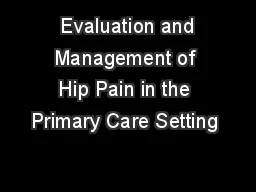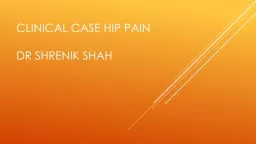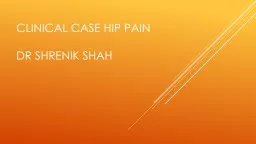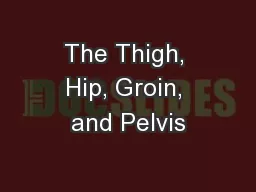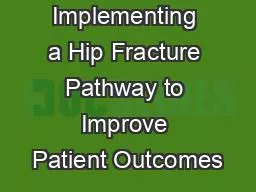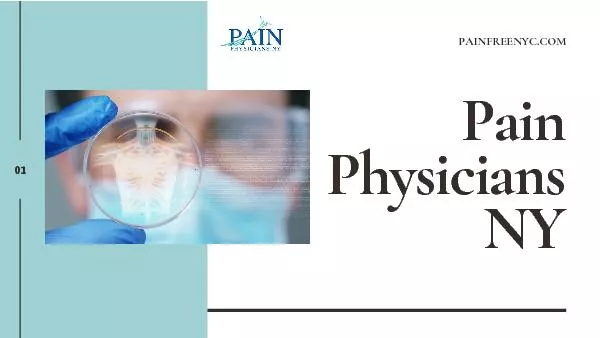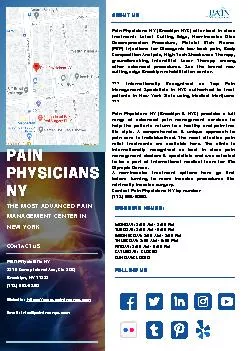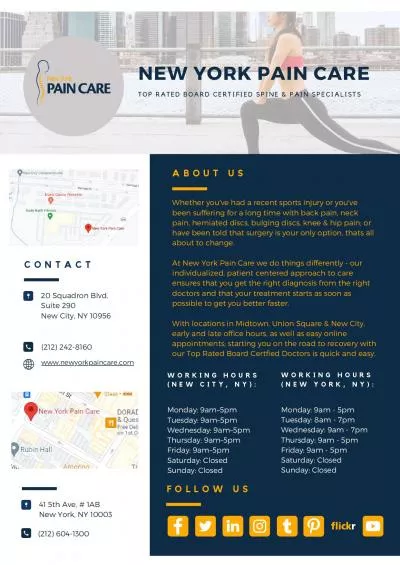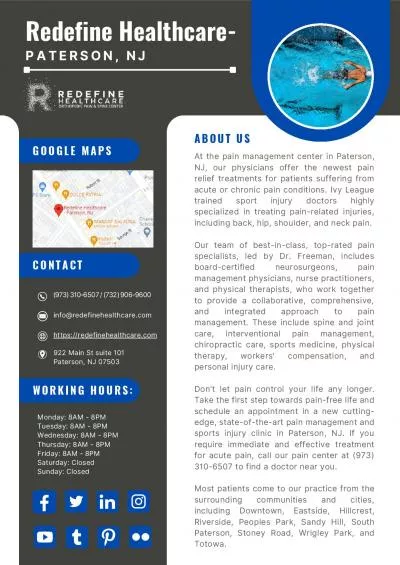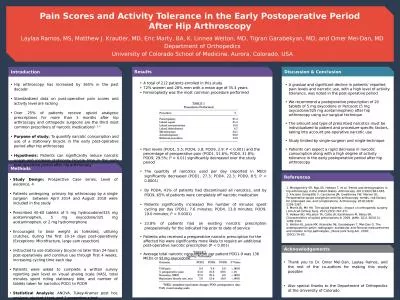PPT-Evaluation and Management of Hip Pain in the Primary Care Setting
Author : lois-ondreau | Published Date : 2020-04-02
Nicholas Thompson DO CAQSM Warren Clinic Orthopedics and Sports Medicine Disclosures I have no relevant financial relationships or affiliations with commercial
Presentation Embed Code
Download Presentation
Download Presentation The PPT/PDF document " Evaluation and Management of Hip Pain i..." is the property of its rightful owner. Permission is granted to download and print the materials on this website for personal, non-commercial use only, and to display it on your personal computer provided you do not modify the materials and that you retain all copyright notices contained in the materials. By downloading content from our website, you accept the terms of this agreement.
Evaluation and Management of Hip Pain in the Primary Care Setting : Transcript
Download Rules Of Document
" Evaluation and Management of Hip Pain in the Primary Care Setting "The content belongs to its owner. You may download and print it for personal use, without modification, and keep all copyright notices. By downloading, you agree to these terms.
Related Documents

